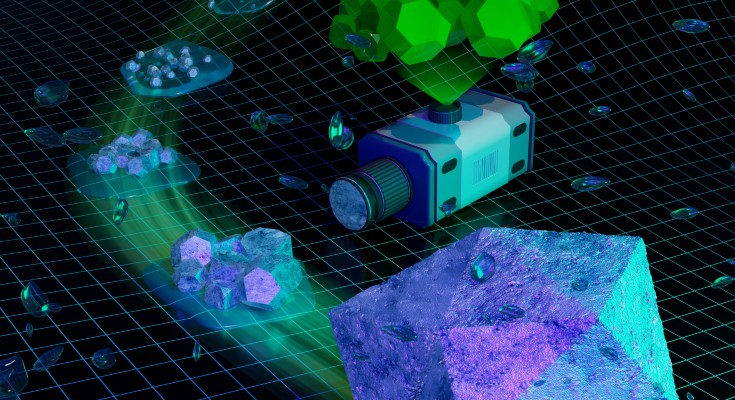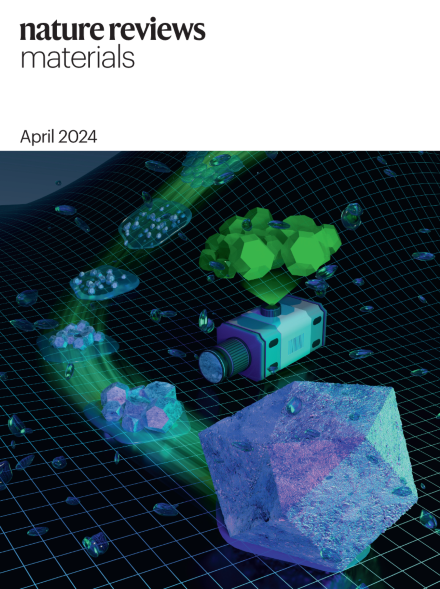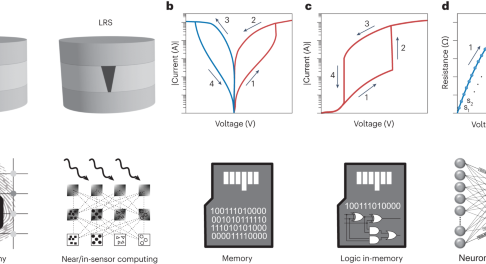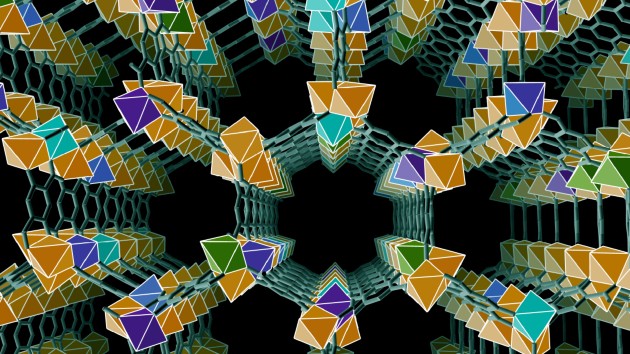
Our April issue
Crystallisation in soft and organic materials, design of organic mixed conductors, high-entropy materials, vapour-deposited perovskite LEDs plus in vivo corona and materials science in India

Crystallisation in soft and organic materials, design of organic mixed conductors, high-entropy materials, vapour-deposited perovskite LEDs plus in vivo corona and materials science in India


Memristive devices are emerging within the semiconductor industry. Solution-processed memristors present alternatives for flexible, transparent and low-cost applications. This Perspective reviews solution-processed memristors focusing on the reliability of their electrical performance, aiming to increase impact and technology readiness.
